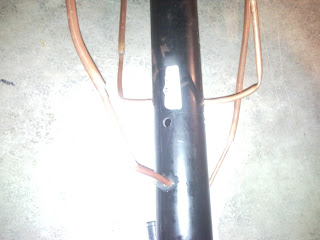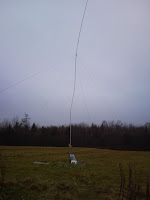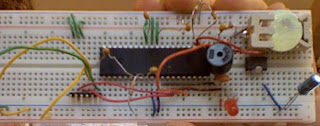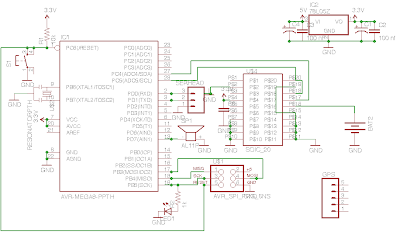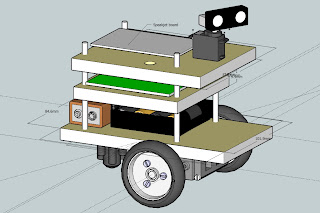Following up on my thoughts in yesterday's posting, I should note the following. First, AD5X had success with getting an autotuner apparently to tune the range of 160 with the same coil arrangement as I have. I suspect my coil doesn't present quite enough inductance and that with some more I would have better luck. Secondly, I guessed that an improved feedline would be a good first move. This is incorrect. Playing around with the coax calculator , I note the following losses. With 100' of RG-8 matched loss is 0.23 dB; at a 5:1 SWR, it is an additional 0.3. Changing the cable to LMR-400, we get a .16 mached loss and 5:1 SWR additional loss of 0.24. For the same factors, this time just changing the freqency to 28 MHz, we find a LMR-400 matched loss of 0.64; and additional .811 for the 5:1 SWR. Switching back to the RG-8, matched loss is 0.95 and an additional 1.1 comes into play with a mismatch. However, it is very easy for the tuner to match a vertical at the higher f
